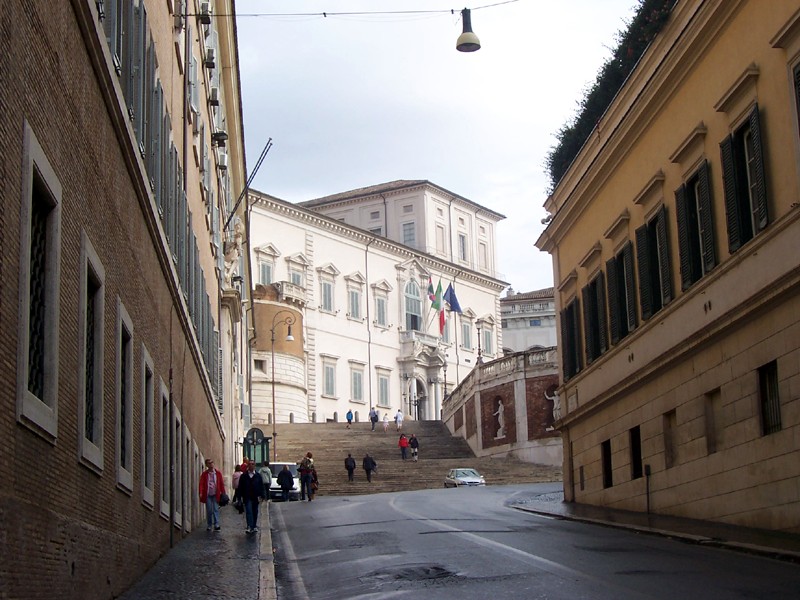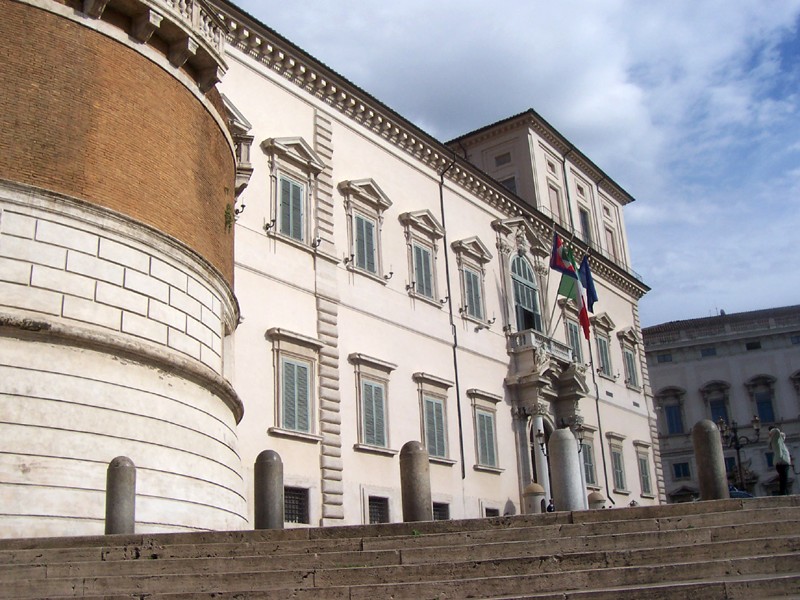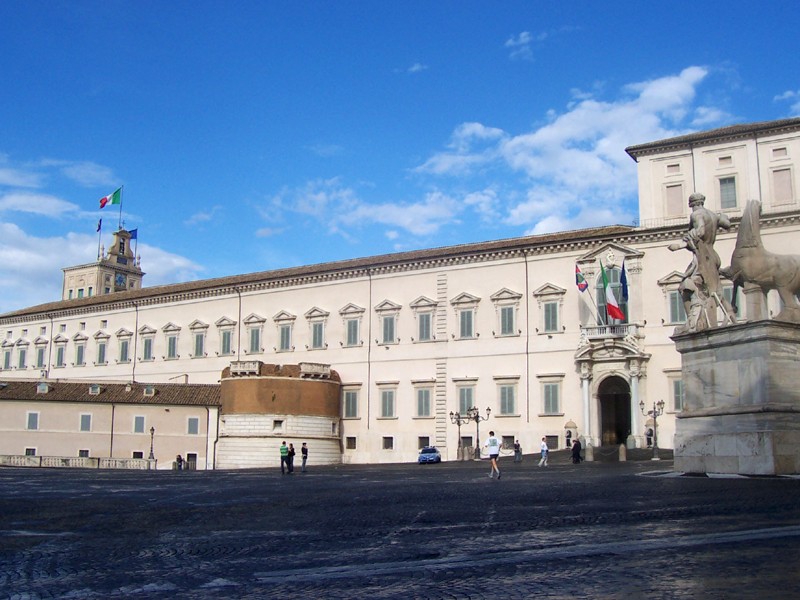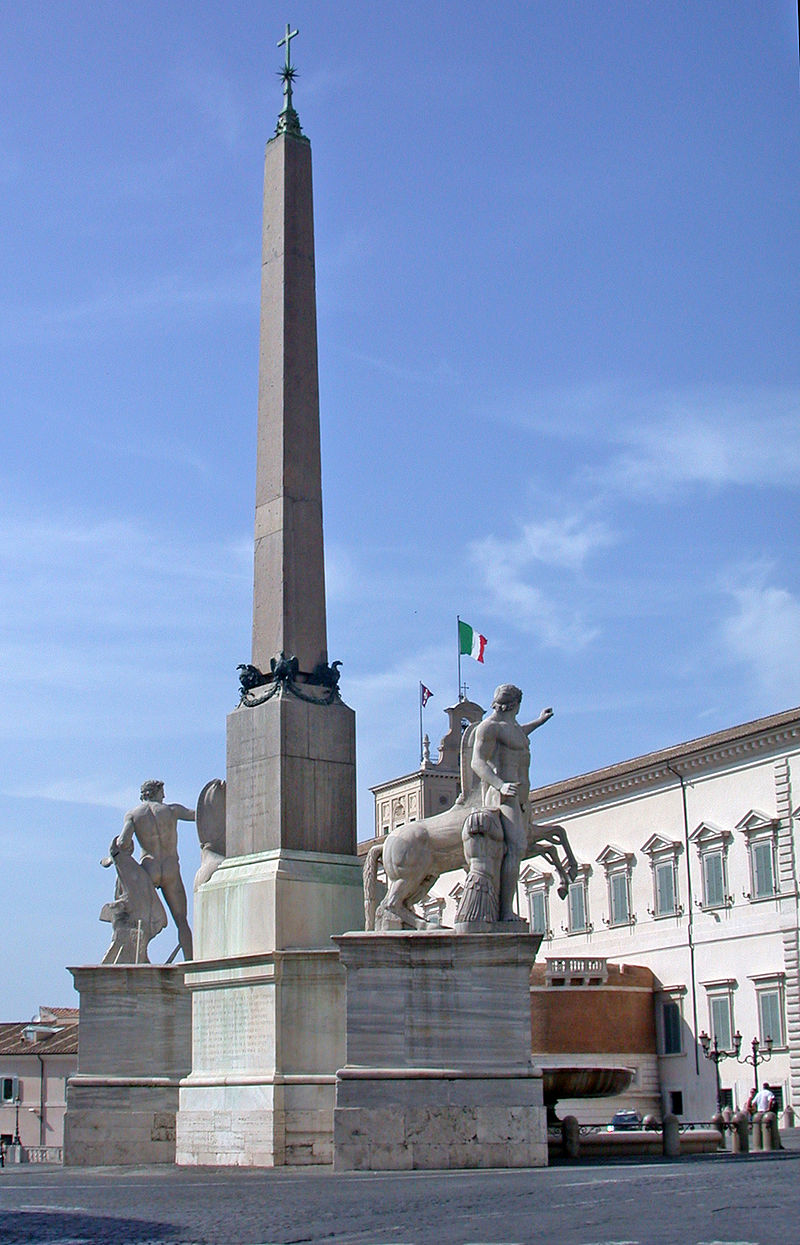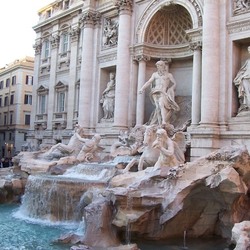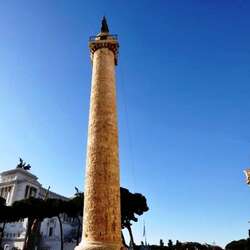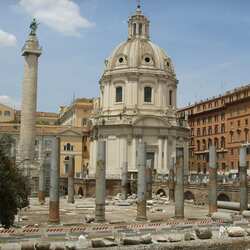Quirinal Palace
The Quirinal Palace is a landmark building for the whole of Italy, currently it is one of the residences of the President of the Italian Republic. The palace embodies the historical and cultural greatness of the Italian people. It is a unique cultural architectural monument that has a long history. Tourists are given the opportunity to visit the halls and rooms used and used by the leaders of Italy.
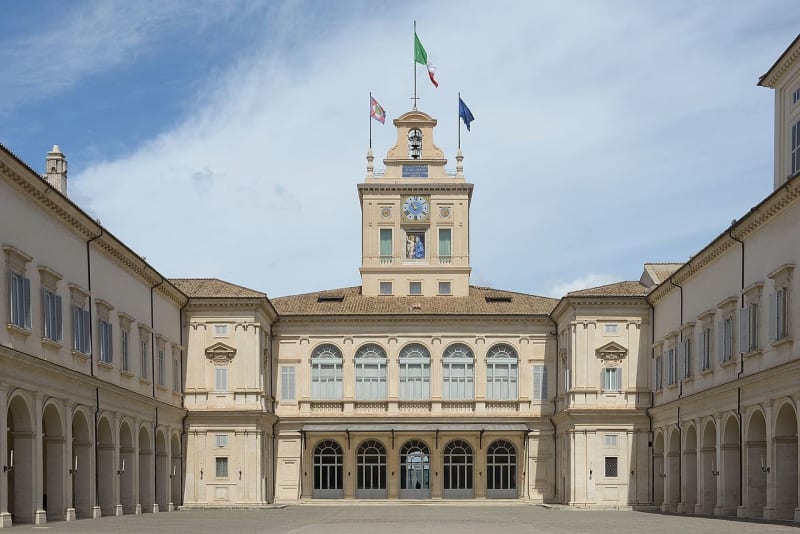
History of origin
The Quirinal Palace was built in 1573 and was used as the residence of the Pope. In 1809, French troops captured Rome, and Napoleon decided to turn the palace into his personal residence. In 1870, Rome joined the Italian Kingdom, and the palace became the residence of the royal family. But it is worth noting that not all members of the royal family lived in the palace, and it was used as a venue for various festive celebrations. After the abolition of the monarchical form of government in Italy, the Quirinal Palace officially became the residence of the Presidents of Italy.
Architectural features of the palace
The building is a monument of the counter-Reformation period, where the main style is Baroque. The first architect of the building is Flaminio Ponzio, during whose lifetime the building itself was erected and stairs and facade structures were designed. After his death, the works were continued by Specchi and Fugue.
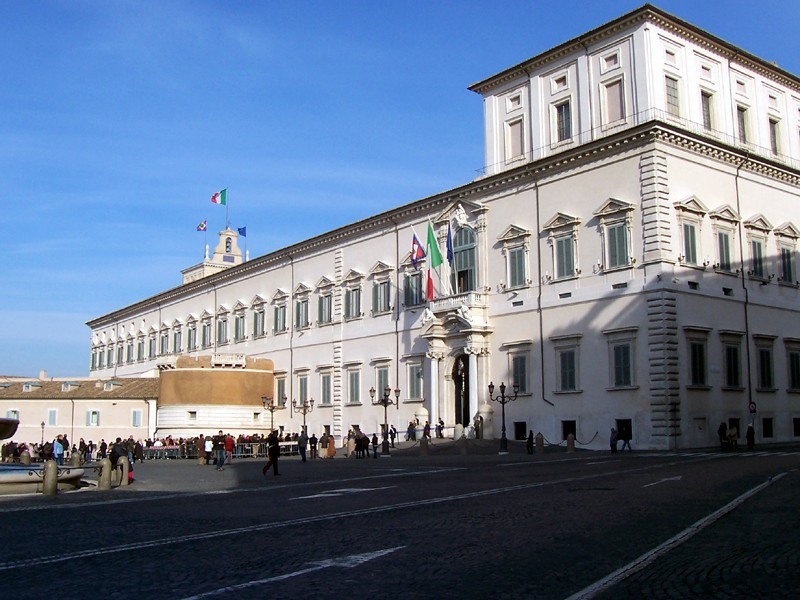
The main interiors of the Quirinal Palace:
- The President's office.
- The President's official place of work, where he holds his meetings.
- Cuirassier hall.
- The majestic hall, which has preserved its original appearance, is greeted by a huge vault, the pattern of which is reflected in the mirrors of the multicolored floor tiles. There are many high-relief paintings and scenes from ancient life in the hall.
- The hall of solemn meetings.
- Official meetings and dinners are held here. The style of the Quirinal Palace hall is strict and restrained, and majestic chandeliers are the main decorations of this hall.
- The Paolina Chapel.
It is often referred to as the "little Sistine Chapel." It was erected by order of Pope Paul V Borghese, who conducted ceremonies in it. The design of the Chapel is magnificent - the visitor is greeted by a vault, a balcony where the choir is located, as well as an altar. Every weekend, the chapel hosts concerts that absolutely anyone can attend.
The Quirinal Palace has many halls - the Balcony Hall, the Hall of the Emperor Augustus, the Hall of Ambassadors, the Hall of Goblins, the Hall of the Zodiac, as well as the main place of the Palace - the Hall of Mirrors. This hall is used as a meeting place for the President, and judges of the Constitutional Court of Italy are sworn in here. The hall is fully decorated in Rococo style. It should also be noted that another favorite tourist destination is the Quirinal Gardens, which cover an area of 4 hectares. The gardens are planted with rare pitchforks of plants from all over the world.
